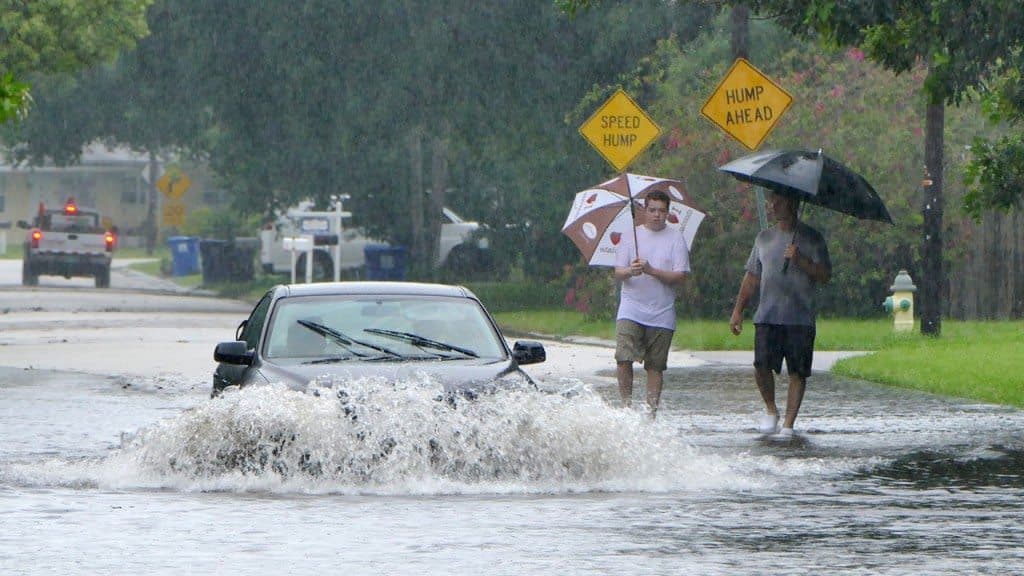Flood insurance costs continue to keep put small businesses and home ownership at risk, the National Association of Realtors® (NAR) told U.S. Senators a week ago in testimony before Congress. But NAR also discussed possible solutions for the National Flood Insurance Program (NFIP). The 2016 vice chair of NAR’s Insurance Committee, David McKey, testified on NAR’s behalf before the Senate Small Business and Entrepreneurship committee. McKey told Senators that Realtors say that excessive flood insurance costs and future uncertainty still plague clients.

Flood insurance program expires in October
Kevin Robles, a home builder from Tampa Bay also testified before the committee. He said that Florida housing prices are still 22 percent below normal due to the Great Recession.
“Any negative change to the market – such as flood insurance rate increases – could have long-term unintended consequences to Florida’s economy,” he said. “I am a small business owner and at least a quarter of my customer base is active or retired military. I am constantly reminded of the need to keep housing prices affordable. In Florida, for every $1,000 increase in home prices, more than 8,000 households are priced out of the market.”
McKey praised the “Homeowner Flood Insurance Affordability Act” that became law in 2014 and reined in the most inaccurate rate increases across the country. Before the Affordability Act, thousands of small business owners faced immediate and excessive rate increases under FEMA’s implementation of the “Biggert Waters Flood Insurance Reform Act of 2012.”
But McKey warned the committee that significant concerns still remain. Even today rates continue to rise exponentially by 25 % each year until policyholders reach their “full-cost rate.”
A business or homeowner who would like to prove they’ve reached their full-cost rate must hire a licensed surveyor and supply a costly elevation certificate to the Federal Emergency Management Agency (FEMA). Should the certificate shows that owners have reached full cost, they may request an optional full-risk rating to end the 25 percent increases. Otherwise, the increases continue.
The current system creates what McKey described as an “endless escalator” of rising costs for businesses and homeowners.
Although it isn’t possible to figure out how many properties will ultimately be affected, current estimates show that roughly 1 million properties have subsidized insurance rates that may be subject to significant increases.
McKey reiterated NAR’s support for a range of solutions to address the problem, including:
Reauthorize the National Flood Insurance Program that sunsets in October 2017
Use advanced technology to improve the accuracy of flood maps to discover just how many owners face unaffordable rates and minimize the volume of home owners who have to submit expensive appeals
Foster a private insurance market to complement the NFIP
McKey also suggested a NAR-backed strategy for actually preventing flood damage. By authorizing the utilization of funds to proactively mitigate properties located in hazard areas, McKey noted that it’s possible to protect home owners while saving taxpayers’ money. This might include flood proofing, elevating or otherwise strengthening a property.
Funding is presently available for these mitigation efforts, but home owners typically can’t make use of them until after a flood occurs and, after that, costs are higher and the damage has already been done.
“Realtors see the effect of rising flood insurance costs firsthand in their businesses and in the local communities,” McKey said. “But commonsense solutions to the problem are well within reach. NAR is thankful for the opportunity to testify and applauds the Committee’s attention to this important issue.”